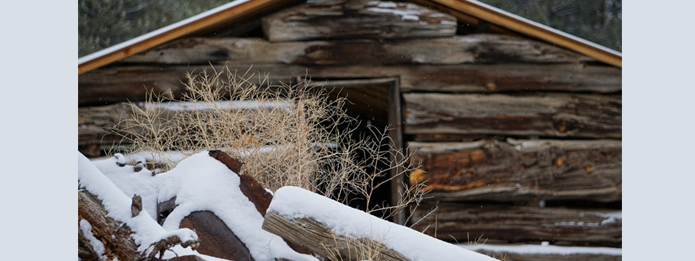
As cold weather arrives in Canada and you take steps to winterize your home, you may not realize that wild animals who might visit your backyard or live in nearby woods might be looking for a way into your home to shelter there over the winter. Rodents, such as rats, squirrels and mice, can be especially clever when it comes to invading your home’s attic, and we at Truly Nolen have a few tips that might help keep them at bay this winter.
1. Invest in Roofing Repairs
Damaged roofing materials such as cracked or missing shingles and incomplete flashing can encourage rats and squirrels to chew their way into your attic and make cozy nests for themselves over the winter. Once they make themselves at home, they will likely start to breed, and by the spring, you could find yourself with a rodent infestation.
You can prevent rats and squirrels from gaining entry to your attic by having your roof inspected and repaired during the fall and block any access points these rodents might use. Check shingles for gnaw marks left by roof rats and squirrels.
2. Trim Back Tree Branches
Most rodents are excellent climbers and might make use of tree branches to access your roof or attic windows. While window screens may keep smaller rodents out, rats and squirrels may gnaw their way inside. Roof rats, as you may guess by their name, are especially adept at making paths and runways across your home’s roof via tree branches.
Keeping your trees trimmed so that they do not overhang your roof can prevent rodents from entering your attic. Even smaller species, like field mice, can climb tree branches and find their way into your home.
3. Keep Pet Food Contained
Rodents are opportunists and eat a wide variety of food, from fruits and vegetables to insects and whatever food scraps they can find. They are also fond of pet food and open, unstored bags might attract and offer them a food source. Kibble size also makes it simple for rats and mice to carry it across the roof and into an attic nest.
You can discourage the presence of rodents by keeping pet food in airtight plastic containers with lids that snap or screw shut. If you store pet food in a garage or shed, consider using stainless steel buckets with snap-tight lids that rodents cannot climb on or gnaw through to reach the food.
4. Insulate Doors and Windows
Poorly insulated doors and windows can let in more than just cold winter winds. Many rodents can squeeze through cracks and holes or gaps between doors and flooring. Mice are especially talented at getting into your attic through small spaces, so insulating your attic properly may help keep them out.
Consider replacing old attic windows with energy-saving models. You can also seal any spaces around storm doors with brush strips or sturdy insulating material to practice effective rodent control. If your attic window trim is old or splintered, it may be easier for rodents to chew through it, so replacing it may be a wise choice.
5. Call Our Rodent Control Specialists
If you spot signs of a rodent presence in your attic, such as chewed insulation or other nesting material, call in our Truly Nolen rodent specialists to address the issue. Our technicians will inspect your attic for any rodent activity and help you resolve the problem before it grows over the winter. We can also offer you advice about how to prevent a reinfestation, especially before the cold weather sets in and rodents are actively looking for a warm place to nest.
Rodents are enterprising animals that are not shy about entering your home and making cozy nests in your attic to shield themselves from winter weather.
Contact us today at Truly Nolen for more information about how to keep these pests away from your home.